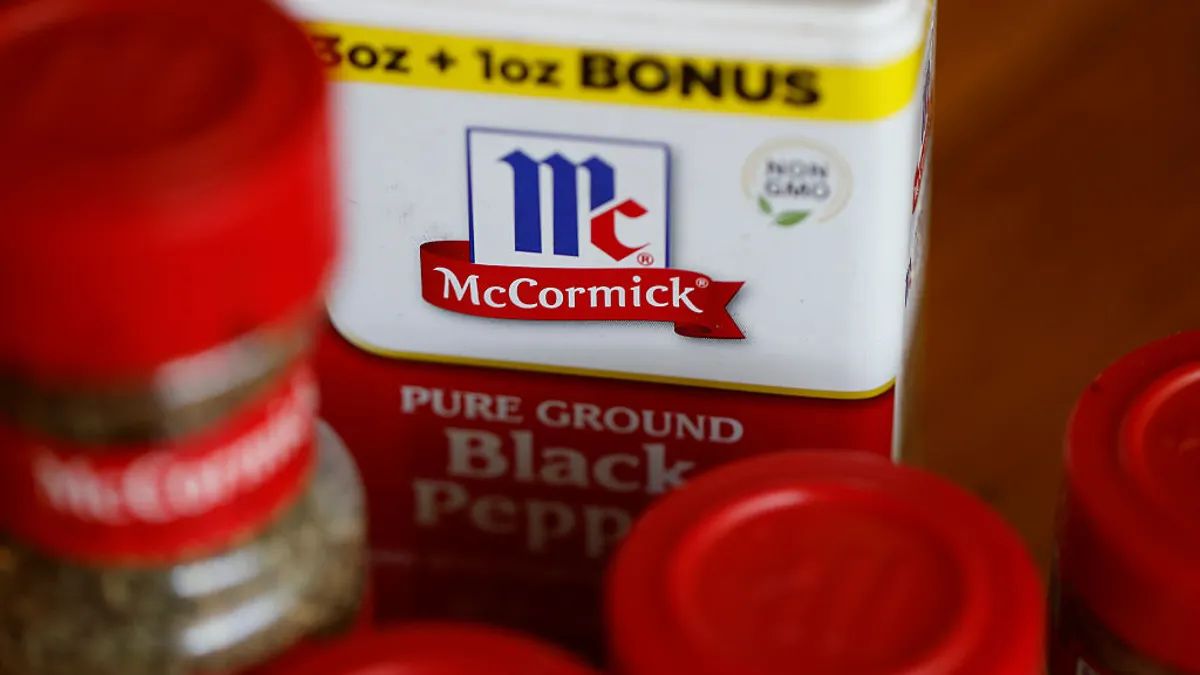The U.S. financial markets recently witnessed a pivotal day, with the Dow Jones Industrial Average experiencing a significant surge of 400 points. This notable uptick was primarily driven by the U.S. Senate’s decisive approval of President Donald Trump’s much-anticipated “One Big, Beautiful Bill,” a legislative development poised to reshape the nation’s economic landscape and directly influence broader investor sentiment within the Stock Market.
The legislative victory, stemming from the Senate’s endorsement of President Trump’s comprehensive tax legislation, immediately rippled through the equities market. This landmark Tax Bill is anticipated to have far-reaching implications for corporations and individuals alike, prompting a swift re-evaluation of investment strategies. The robust gain in the Dow Jones underscores the market’s positive reaction to the perceived economic benefits and regulatory certainty that such a significant policy shift often brings, particularly regarding corporate profitability and capital allocation.
Despite the pronounced bullish movement in the Dow, a more nuanced picture of investor confidence emerged from the CNN Money Fear and Greed index. While the index showed a slight decline in overall market sentiment during Tuesday’s trading, it conspicuously remained entrenched within the “Greed” zone. This intriguing divergence suggests that while specific legislative catalysts can propel major indices upward, underlying investor caution or a discerning assessment of broader economic conditions might still temper an otherwise unbridled enthusiasm across the Stock Market.
Adding layers to the market’s complex narrative were several key Economic Indicators released throughout the day, presenting a mixed economic tableau. The labor market, for instance, continued to exhibit strength, with job openings in May climbing by a robust 374,000, reaching an impressive total of 7.769 million. Concurrently, the ISM manufacturing PMI showed a modest but encouraging rise to 49 in June, up from 48.5 in the previous month and surpassing market estimates of 48.8, signaling a nascent improvement in the manufacturing sector.
However, not all economic news echoed this positive trend. U.S. construction spending registered a month-over-month decline of 0.3%, highlighting specific sectors facing headwinds. This particular data point serves as a reminder that even amidst legislative triumphs and certain positive economic signals, the overall economic recovery remains uneven, influenced by a diverse array of fundamental forces that investors must diligently weigh against political developments.
In essence, Tuesday’s market activity encapsulated the intricate dance between legislative actions and underlying economic realities. The strong performance of the Dow Jones, spurred by President Trump’s approved Tax Bill, clearly demonstrated the immediate impact of policy on market valuation. Yet, the persistent “Greed” index, alongside the mixed bag of Economic Indicators, underscores a market that, while reactive to political catalysts, remains attuned to the broader economic health and the cautious optimism of its participants. Investors are left to navigate a landscape where significant legislative wins intersect with evolving economic fundamentals.
Discover more from The Time News
Subscribe to get the latest posts sent to your email.






